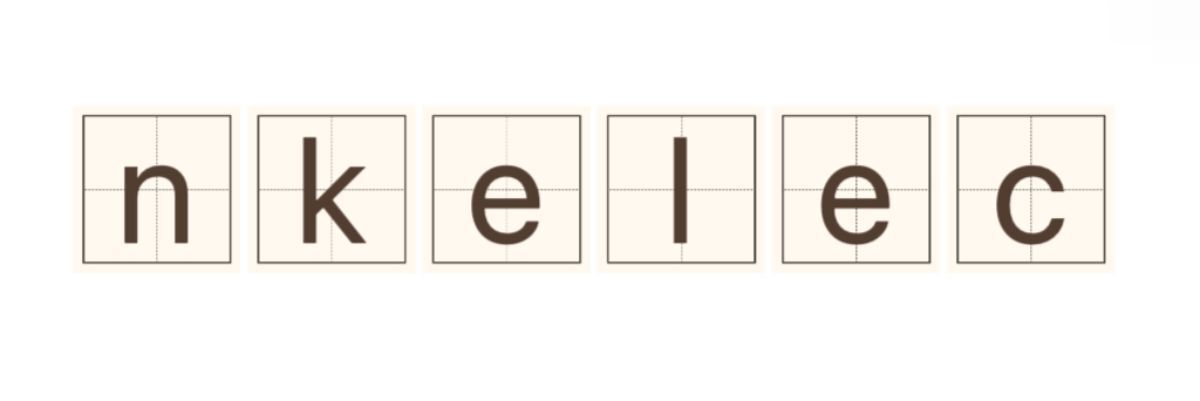Nut for Power Transmission Lines: Key Questions Answered
Aug. 22, 2025
Nuts used in power transmission lines may look like simple components, but they play a critical role in maintaining the integrity and safety of electrical infrastructure. Many professionals and enthusiasts often raise similar questions about their purpose, material, performance, and maintenance. Below, we explore five of the most frequently asked questions about nuts for power transmission lines in detail.
1. What is the function of a nut in power transmission lines?
The primary function of a nut in power transmission lines is to secure bolts and other fastening components that hold critical structures together. These include towers, conductors, and insulators. By ensuring tight and stable connections, nuts help prevent loosening caused by vibrations, wind loads, or temperature changes. Without reliable nuts, the structural and electrical stability of transmission systems could be compromised, leading to safety risks and power outages.
2. What materials are commonly used for nuts in power transmission applications?
Nuts for power transmission lines are typically made from high-strength materials that can withstand environmental stress and mechanical loads. The most common materials include:
Galvanized steel: Provides excellent strength and corrosion resistance.
Stainless steel: Used in highly corrosive environments for its durability.
Alloy steel: Offers enhanced strength for heavy-load applications.
Some nuts are also coated with protective finishes, such as hot-dip galvanization or zinc plating, to extend their service life in outdoor conditions.
3. How do nuts withstand harsh environmental conditions?
Transmission line nuts are specifically engineered to resist challenges such as extreme temperatures, humidity, rain, and UV exposure. The protective coatings on nuts act as barriers against rust, while the material composition ensures they retain their mechanical integrity under stress. In coastal or industrial regions with higher levels of salt or pollution, stainless steel or specially treated nuts are often used to ensure longer service life.
4. Are there different types of nuts used in power transmission systems?
Yes, several types of nuts are used depending on the application:
Hex nuts: Standard type, used in general structural connections.
Lock nuts: Prevent loosening due to vibrations or dynamic loads.
Related links:
Understanding Steel Groove Clamps: Key Questions AnsweredShear nuts: Designed for tamper resistance, often used in safety-critical applications.
Flange nuts: Provide a larger bearing surface, reducing the need for washers.
Each type addresses specific engineering challenges to ensure both mechanical and electrical reliability.
5. What maintenance practices are recommended for nuts in power transmission lines?
Although nuts are designed for durability, regular inspection and maintenance are essential. Key practices include:
Routine visual checks for corrosion, wear, or loosening.
Torque verification to ensure proper tightness levels.
Replacement of damaged or corroded nuts to avoid structural risks.
Use of anti-seize compounds in some cases to simplify future maintenance.
Proactive maintenance not only extends the service life of the nuts but also ensures the safety and efficiency of the entire power transmission network.
Final Thoughts
Nuts for power transmission lines are small but vital components that contribute to the safety, durability, and performance of electrical infrastructure. By understanding their function, materials, types, environmental resistance, and maintenance needs, engineers and contractors can make better decisions that support reliable power distribution.
142
0
0



Comments
All Comments (0)